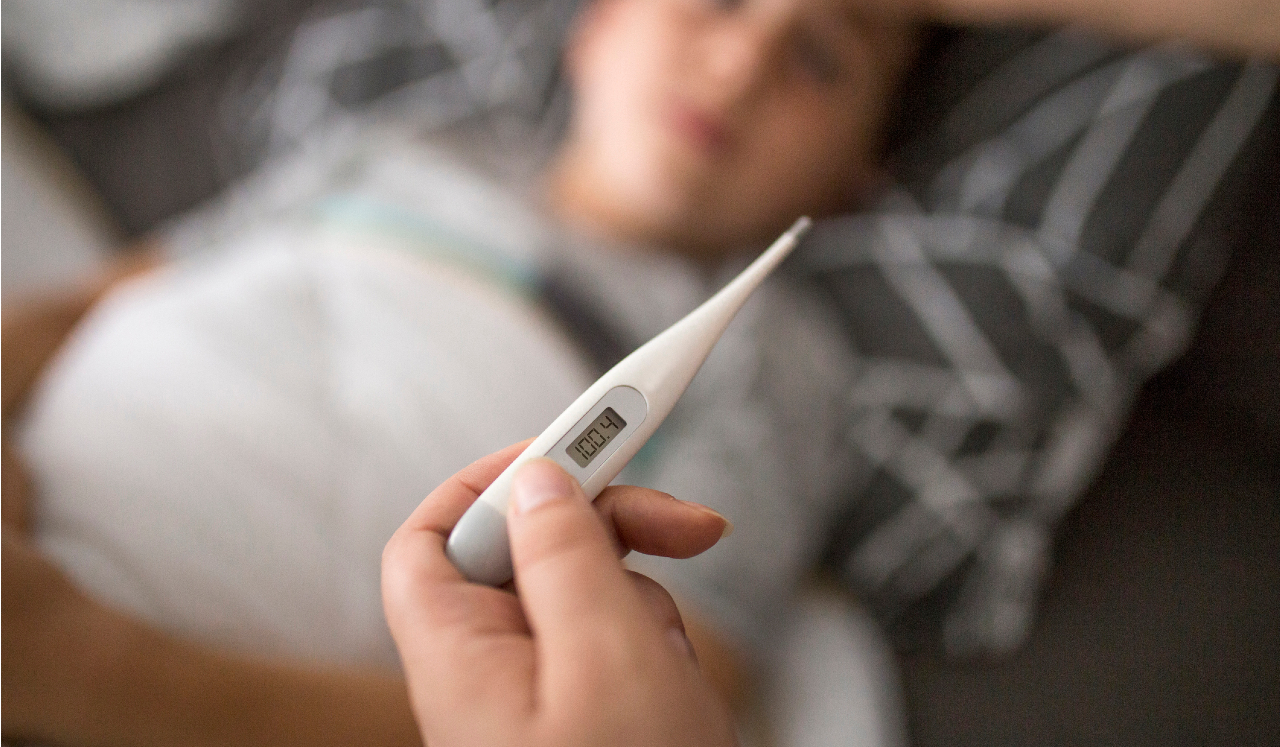April 9, 2020
When it comes to COVID-19, it's clear that fever is a hallmark of the infection. But how high, exactly, is too high? How do you properly take your temperature? How often? What about children? The answers to these questions vary based on the person and the circumstance. Dr. Michael L. Chang, pediatric infectious disease specialist affiliated with Children’s Memorial Hermann Hospital, and Dr. Charles Whitehead, a family medicine physician with Memorial Hermann Medical Group, share what you need to know.
What's the proper way to take your temperature?
No matter the method (under the tongue, under the arm, ear/tympanic or temporal), make sure you read the device directions and follow them accordingly. Thermometers only work as well as the person using it follows directions.
How to establish your baseline:
Each person has a unique “normal” temperature. Body temperature also varies normally throughout the day, so take your temperature twice daily to learn your baseline. You will probably need to take your temperature for at least a few days to figure out what your normal temperatures are.
How often should temperatures be taken?
Twice daily. Try to take your temperature at the same times each day. It’s also worthwhile to note your activities before taking your temp. For example, if you suddenly decide to take your temperature after running outside, it’s going to be different than if you’ve been taking it after watching television for 30 minutes.
How does it differ for children?
For children, you basically follow the same process. Make sure you are using the thermometer properly, and take the temperature at the same time every day. For children, their baseline temperatures (especially for children under 3) may actually be a little higher than expected for adults. For example it may be normal for a toddler-aged boy to have temperatures as high as 100 degrees Fahrenheit, as long as they are acting normal. It can’t be stressed enough that if you plan to follow your temperatures, it is important to have a set routine.
What is a temperature that one should be concerned about?
Generally speaking, you should start to pay attention for any temperature over 101 degrees Fahrenheit. Additionally, if you feel a little tired or off, and have two measurements during the day both greater than 100.5 degrees F, you should start paying closer attention. It’s not recommended to check your temperature more often, unless you start to feel worse. With respect to whether to treat the fever or see a doctor, everything depends on how you feel. If your temperature is a little higher than your normal, but you feel fine, keep observing. However, if it is associated with new symptoms, then that’s when you should consider what to do next. If your symptoms are mild, or similar to something you’ve had before, and you’ve successfully treated in the past at home, then consider doing the same. However, if you feel distress (shortness of breath when doing normal activities, dehydrated, etc), then check with your health care provider. If you have significant concerns, call 911.
What can be taken to reduce a fever?
With respect to over- the-counter medications for fever reduction, either acetaminophen or ibuprofen can work, provided you don’t have an allergy or other contraindication to taking those medications. While there has been some concern about COVID-19 and ibuprofen, there is no data to support that concern at this time.


